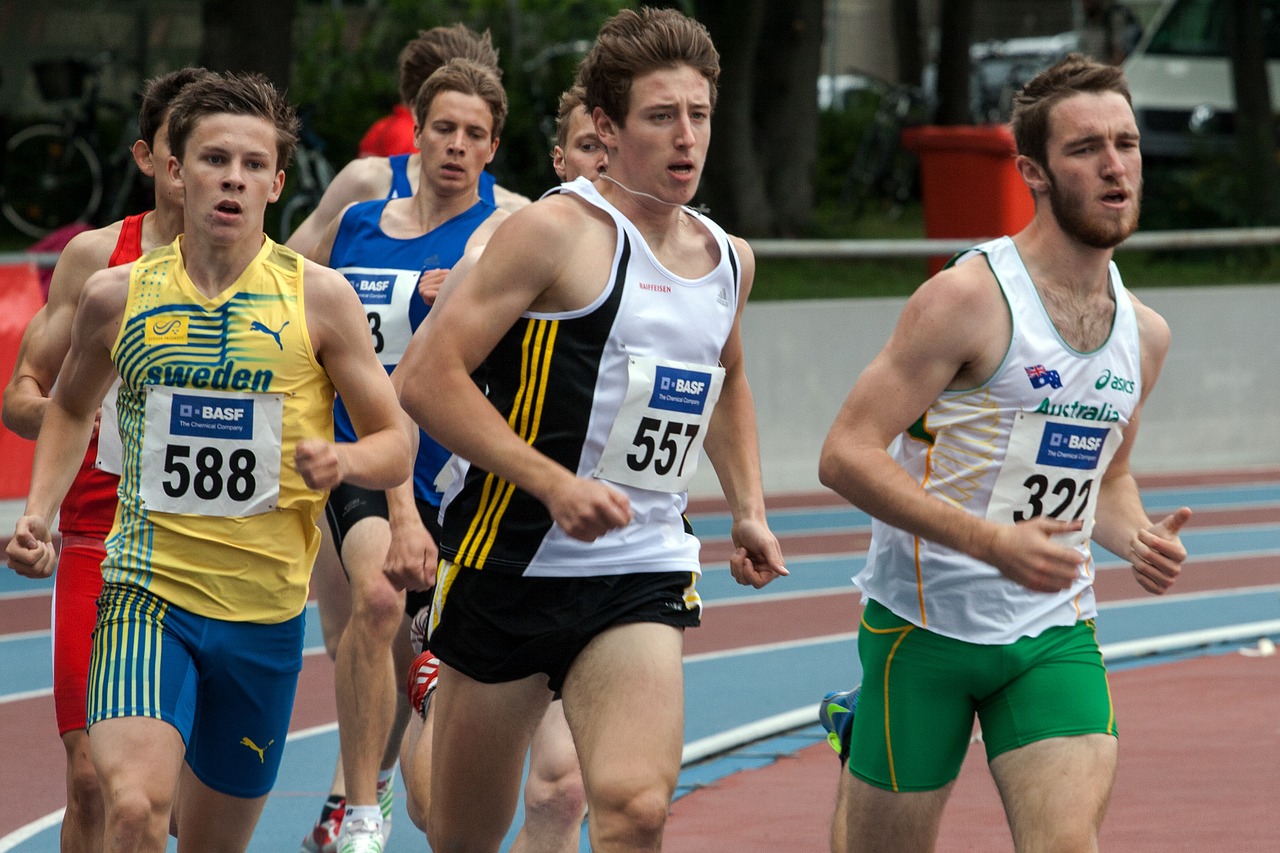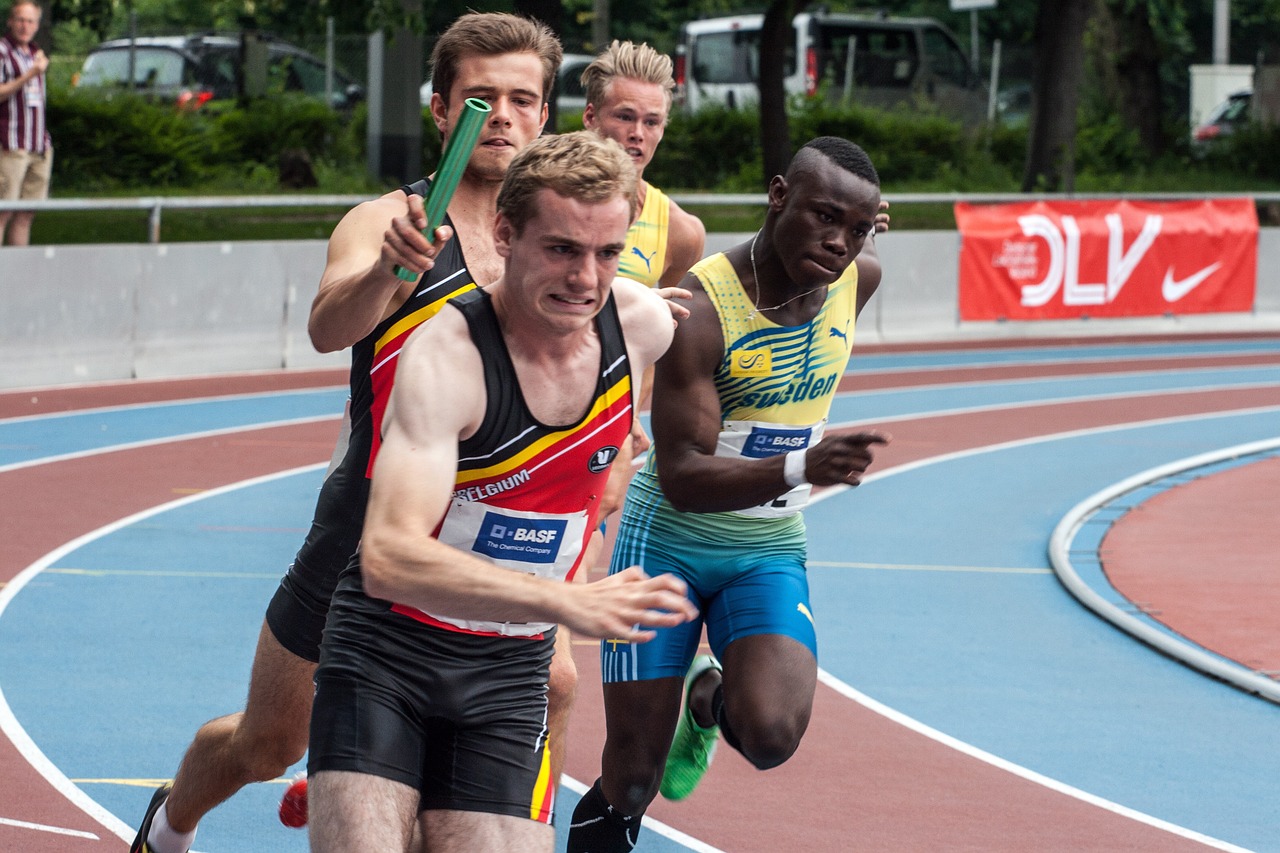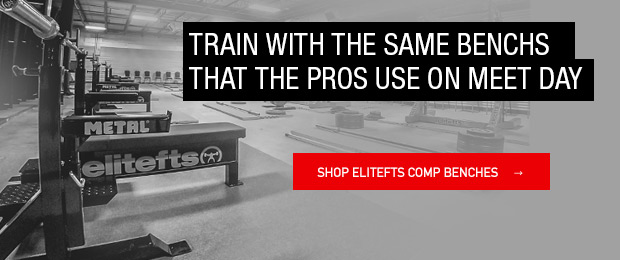
I'm struggling to figure it out, so perhaps someone smarter than me (yes, I realize that this isn't saying a whole lot) can help me get to the bottom of the mystery. Somewhere along the way the passenger known by the name of Trust was ordered off the train, quite possibly while it was still moving, and when we look back, it's difficult to locate where it might be.
From my point of view, there are people as well as ideas that could be at fault, but the bottom line is trust seems to have disappeared in many facets of youth and high school sports. We have gone away from what we previously trusted and had a long history of success with in favor of what’s new right now or (pardon me for the use of this abused word) trendy.
There is no question that new ideas are important in any endeavor, especially in athletics and education. As a teacher, if something isn't working, it's my responsibility to find a new way of making it work. That could be new material, a different way to teach the same concept or a new approach based entirely on the strengths of the students you're working with. The mission has us heading for the same finish line, but there are many paths to get us there. Does this always happen like it should? Sadly, it doesn't, but it happens a vast majority of the time, and we should trust that the schools and the faculty always have the best interests of the students in mind. Change can be good and we shouldn't fear change, but there has to be logical reasoning and decisions taking place prior to the implementation of any change.
Transfer these ideas over to athletics and strength training, especially when dealing with athletes between the ages of 14 and18. There are many ways in which to achieve the end result. Different programs (i.e. 5/3/1, Westside, conjugate, Westside for Skinny Bastards) take the excursion all over the map, but the end result of the mission will always remain the same—to get strong! It doesn't seem to matter what philosophy you follow, what site you happen to read, what podcast you listen to or who you speak with. A miniscule number of high school athletes are at a level where they need advanced help with their training, so the key component driving the ship should still be to get yourself in the room and get stronger.
RELATED Are You Playing the Blame Game in Education and Athletics?
Seems simple enough, right? New ideas and ways to approach training are constantly being ‘discovered’ (thank you internet, especially social media), but when it comes down to it, for high school athletes, the big three are still king—the parallel squat, the bench press and the deadlift. If you want to run faster, jump higher, throw further, take the ball strong to the hoop or drive a guy off the line, the big three should be a staple of your program. It doesn't matter what sport (hopefully, sports) you play. The big three must be part of your program and you must dedicate yourself to them.
If only it was that simple...I doubt I would be writing this article or even have much to say on the matter. However, the trust that people used to have in those responsible for the design and implementation of strength programs is fading away. The trust that parents, some coaches and even kids have is quickly fading and getting us away from what has been bringing us to the dance for decades.
“We don’t need the weight room. We get an even better workout using the Vertimax” (If you think that a $2300 toy is all the training you need, I have some real estate you might be interested in.)
“I don’t want to get too big and bulky because it might mess up my swing.” (Giancarlo Stanton is six feet, six inches and weighs 240 pounds. He currently leads the MLB in home runs and RBIs. There's probably some weight room time in his routine including both the squat and bench press.)
New trends are taking over, and social media, along with a great sales pitch from that ‘qualified’ trainer, is telling people that it's the right thing to do. Even if the trainer has no history of results or even the appropriate certification (maybe they stayed at a Holiday Inn Express the night before), people are throwing money at them and expecting the next Steve Austin. Sadly, many of them operate by way of the ‘this is what we did when I was in school routine,’ even though they have no idea what the rationale was behind the program they were doing…or how to teach appropriate form/technique on the lifts.
The established coach, and often times his program, is tossed aside while student athletes and whoever is advising them pursue the latest trends. So what if you can hardly squat your own body weight and can barely pass even the most basic conditioning test (while your peers continue to add plates to the bar and have a smile on their faces after dominating the conditioning test)? This new training system will lead you to the promised land. Being a good teammate is secondary as long as you’re getting the exposure you want. It doesn't matter that your team doesn't have any banners hanging in the gym. This new plan will lead to championships. I could carry on with this list for some time, but I'm pretty sure that most people get the idea. The trust we once had in what has worked and continues to work is being eliminated in favor of what is happening right now and what is being placed right in front of us by way of social media and/or a good salesman.
The big question is, how do we solve the issue? Very similar to what happens or needs to happen in the classroom, we have to find ways to get everyone to buy into what is happening and how we are choosing to approach the task at hand. Even if parents choose to take their athlete to an outside facility, we need to educate them on the expectations for their progress as a member of the team as well as the expectations they should have for the trainer they select. They need to be given positive examples and ways to make connections between what the end result needs to look like and how the original program and its fundamental pieces can get their athlete there. At the end of the day, they need to know that the program is set up to provide the most benefit for their child. Heck, if nothing else makes them understand, use the Wendler philosophy: "When in doubt, just get really, really strong. It tends to cure most problems in training…and life."












2 Comments